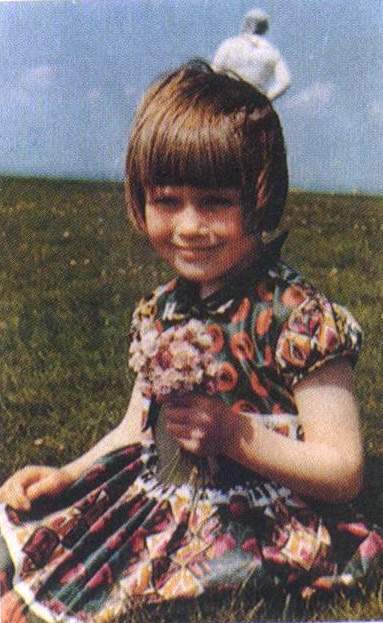
I witnessed a disturbing Twitter interaction between two rappers (one male, one female) and a popular hip hop/urban blog over the past 24 hours. It all started when the male rapper (an up-and-coming hip hop star with a Shawn Carter co-sign) sent out tweets (jokingly) referring to past sexual exploits with the female rapper (a well-known indie rapper from NYC). It was inappropriate from the start for my tastes, but it probably would’ve been easy to dismiss after the first tweet. However, even after she asked him to cut it out, the male rapper went on to send an even more explicit tweet pointing to the way the female rapper supposedly liked to “receive” sex (based on his fantasy experience!). Now, it was clear to me from the beginning that this was all a joke to him. The female rapper didn’t find it so funny. Now I don’t know her well at all but I am some what acquainted with the female rapper through a mutual close friend. Therefore, I could sort of pick up how she was feeling about the whole conversation through her responses. I myself took exception to the whole exchange and even (sub-)tweeted a message that expressed my disdain. She did the same by making a remark or two about it but she quickly moved on.
It was not until this morning that my last feminist nerve was completely worked to no end. I woke up to read my timeline on Twitter (as we social media addicts tend to do each morning) only to find that the male rapper was complaining to the popular hip hop blog about reporting on his twitter exchange with the female rapper from the night before. They had, in fact, reported it as a news story. He would go on to apologize to the female rapper for his joke-gone-too-far and the aftermath. For its part, the blog only felt it necessary to apologize to the male rapper for exposing his wordplay with a friend. They mentioned the female rapper in the tweet, but did not offer her one world of apology for defaming her name before its thousands of blog readers. UGH! Of course I went on an all out twitter rant!!!!
What is the deal with the sexism in hip hop in 2011? I know that this topic has become so cliché and normalized it’s kind of sickening. But it still drives me crazy…why must hip hop and sexism go together like ODB and Mariah; babies and pacifiers? As a life long hip hop lover and critic, I am tired of it all. I, of course, cannot blame one segment of the population or a particular group of people. Anyone who comes into contact with or has anything to do with the production (I mean this in a cultural sense here) is partially responsible. There is no accountability for anyone: the artist, the consumer, corporate record labels, advertisers, and scholars/critics; not a one of us. We let soooooooo much slide in the name of a dope beat, some commercial success, and/or “keeping it real”. Well…for me and my crew (hip hop speak for my friends), it’s a wrap for keeping it real if we are only going to simply keep it real ignorant. For my part, I plan to use this space over the next few weeks to further investigate the role of feminism in hip hop discourse and production. Furthermore, I would like to look at how feminists can fight sexism in both the commercial and underground arenas of hip hop in the 21st century. More to come…


